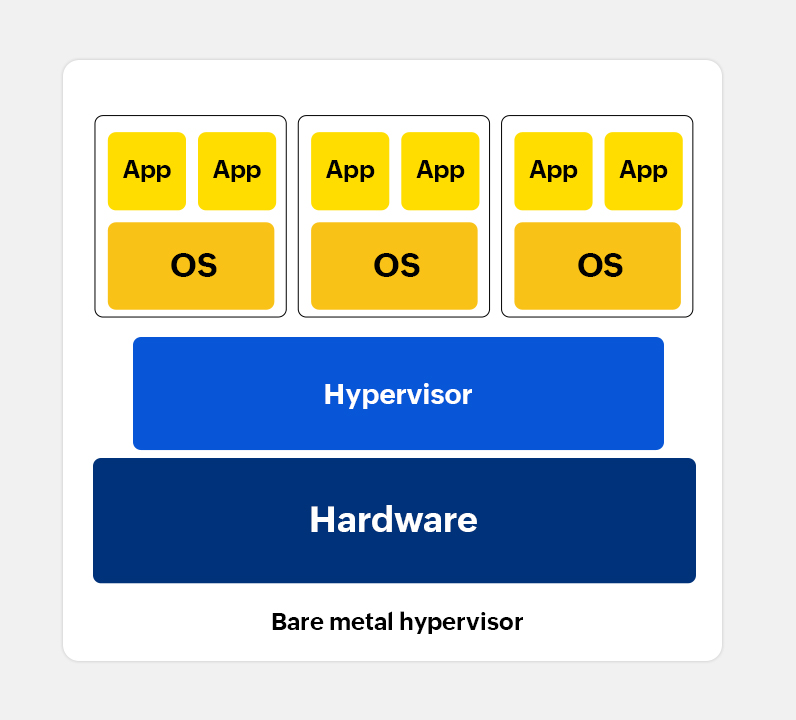Bare-metal Hypervisor: What You Need to Know
Have you ever heard of the term “bare-metal hypervisor”? If you haven’t, don’t worry – you’re not alone! In the world of technology, especially in the field of virtualization, the term “bare-metal hypervisor” is becoming increasingly popular. But what exactly is it? And why should you care about it? In this article, we will delve into the world of bare-metal hypervisors and provide you with all the information you need to know.
What is a Bare-metal Hypervisor?
Let’s start with the basics. A hypervisor is a software that enables multiple operating systems to run on a single physical machine. It essentially creates virtual machines that can operate independently from each other. However, there are two types of hypervisors: Type 1 and Type 2. A Type 2 hypervisor runs on top of an existing operating system, while a Type 1 hypervisor, also known as a bare-metal hypervisor, runs directly on the hardware without the need for an underlying OS.
So, what does this mean for you? Well, a bare-metal hypervisor offers several advantages over a Type 2 hypervisor. Since it doesn’t rely on an additional operating system, it provides better performance, security, and reliability. In essence, a bare-metal hypervisor allows for greater efficiency and flexibility in managing your virtual environments.
Why Should You Consider Using a Bare-metal Hypervisor?
Now that you know what a bare-metal hypervisor is, you may be wondering why you should consider using one. Here are a few reasons why you should take advantage of this powerful technology:
- Performance: As mentioned earlier, a bare-metal hypervisor offers better performance compared to a Type 2 hypervisor. This is because it runs directly on the hardware, allowing for faster and more efficient virtualization.
- Security: Since a bare-metal hypervisor doesn’t rely on an underlying OS, it reduces the attack surface and enhances security for your virtual machines.
- Reliability: With a bare-metal hypervisor, you can ensure high availability and reliability for your virtualized environments, minimizing downtime and increasing productivity.
- Scalability: Bare-metal hypervisors are highly scalable, allowing you to easily expand your virtual infrastructure as your business grows.
Popular Bare-metal Hypervisors
There are several bare-metal hypervisors available in the market today. Some of the most popular ones include:
- VMware vSphere Hypervisor
- Microsoft Hyper-V
- XenServer
- Citrix Hypervisor
- KVM
Each of these bare-metal hypervisors has its own set of features and capabilities, so it’s important to choose the one that best suits your virtualization needs.
Conclusion
In conclusion, a bare-metal hypervisor is a powerful technology that offers performance, security, reliability, and scalability for your virtualized environments. By using a bare-metal hypervisor, you can enhance the efficiency and flexibility of your virtual infrastructure, leading to improved productivity and cost savings. So, if you’re looking to take your virtualization to the next level, consider using a bare-metal hypervisor for your organization.
